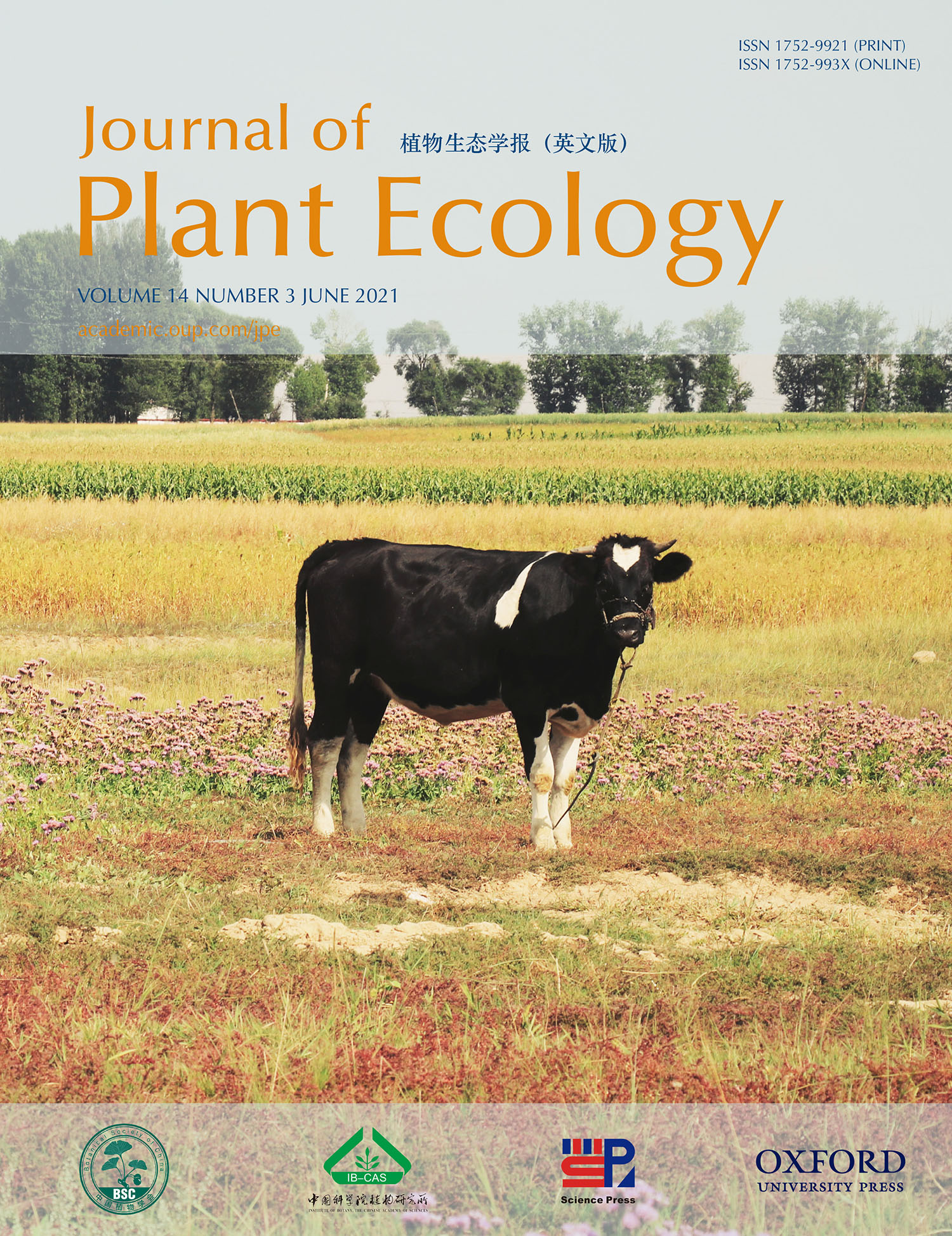Isabella C. Richmond, Shawn J. Leroux, Travis R. Heckford, Eric Vander Wal, Matteo Rizzuto, Juliana Balluffi-Fry, Joanie L. Kennah and Yolanda F. Wiersma
Aims
Intraspecific variation in plant traits has important consequences for individual fitness and herbivore foraging. For plants, trait variability across spatial dimensions is well documented. However, temporal dimensions of trait variability are less well known, and may be influenced by seasonal differences in growing degree days (GDD), temperature and precipitation. Here, we aim to quantify intraspecific temporal variation in traits and the underlying drivers for four commonly occurring boreal plant species.
Methods
We sampled the elemental and stoichiometric traits (%C, %N, %P, C:N, C:P, N:P) of four common browse species’ foliage across 2 years. Using a two-step approach, we first fitted generalized linear models (GzLM, n = 24) to the species’ elemental and stoichiometric traits, and tested if they varied across years. When we observed evidence for temporal variability, we fitted a second set of GzLMs (n = 8) with temperature, productivity and moisture as explanatory variables.
Important Findings
We found no evidence of temporal variation for most of the elemental and stoichiometric traits of our four boreal plants, with two exceptions. Year was an important predictor for percent carbon across all four species (R2 = 0.47–0.67) and for multiple elemental and stoichiometric traits in balsam fir (5/8, R2 = 0.29–0.67). Thus, variation in percent carbon was related to interannual differences, more so than nitrogen and phosphorus, which are limiting nutrients in the boreal forest. These results also indicate that year may explain more variation in conifers’ stoichiometry than for deciduous plants due to life history differences. GDD was the most frequently occurring variable in the second round of models (8/8 times, R2 = 0.21–0.41), suggesting that temperature is an important driver of temporal variation in these traits.









